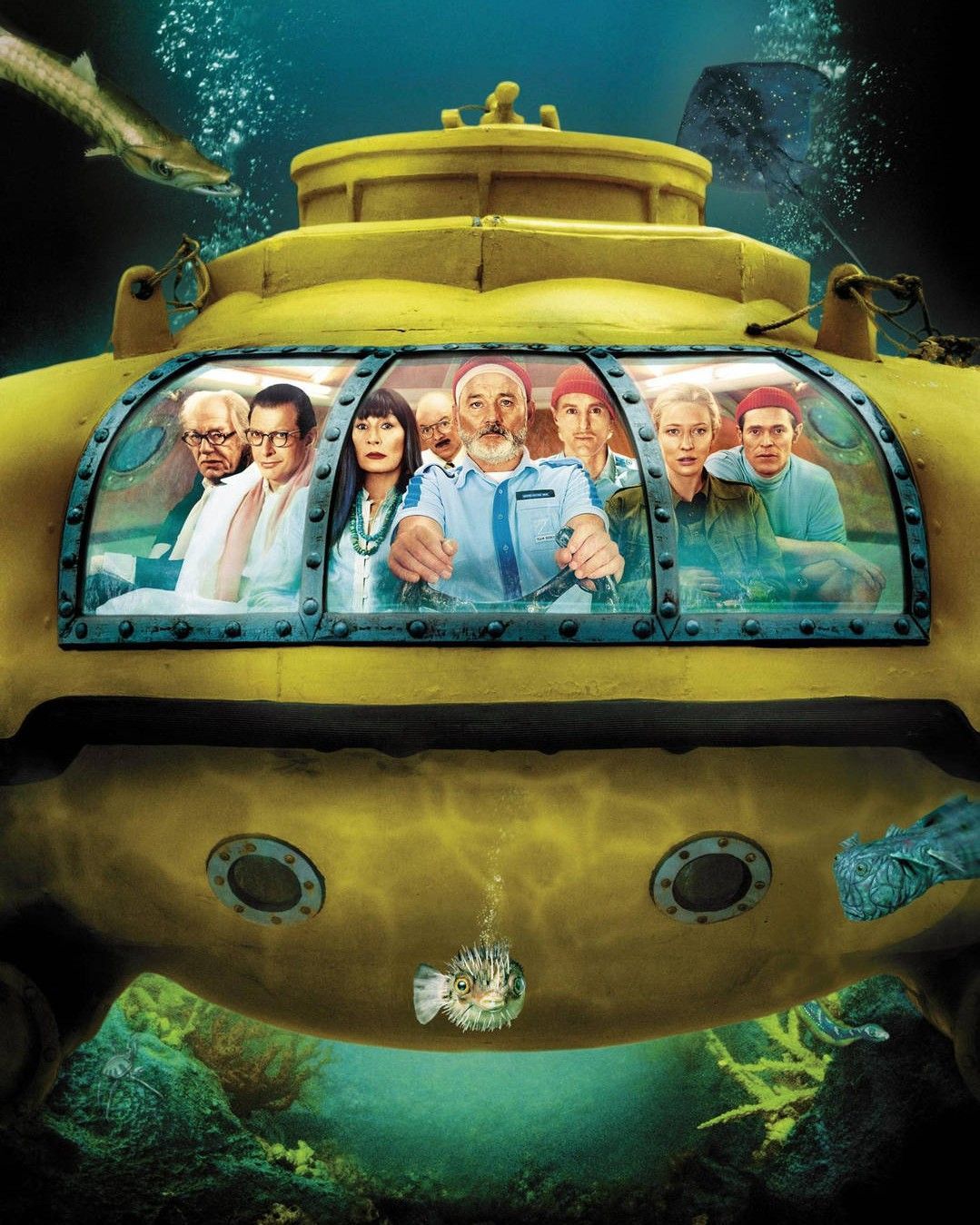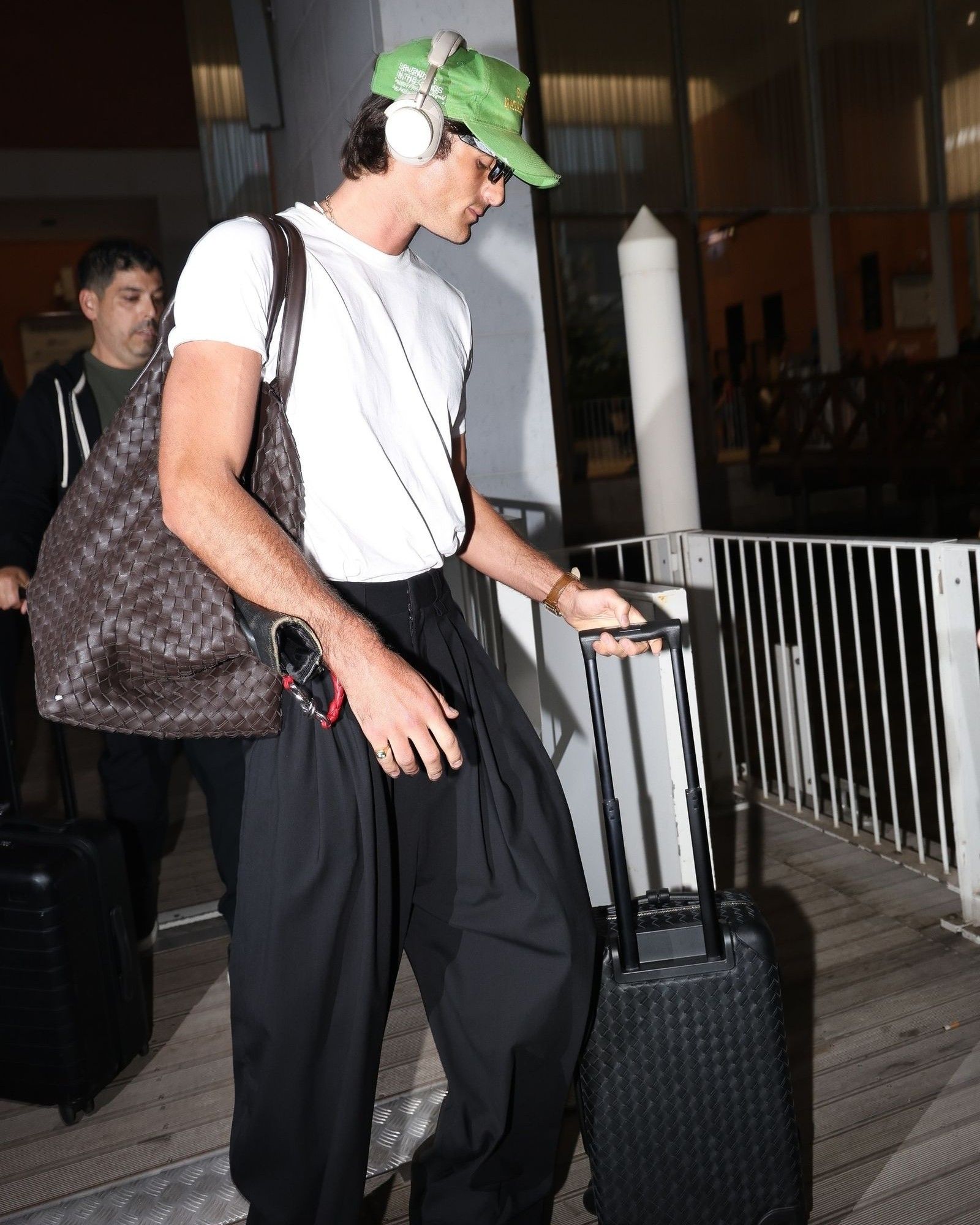
Billionaires don't want to give up undersea tourism One year after the Titan accident, the industry is on the upswing
Just over a year ago, the Titan submersible, built by the American company OceanGate, was supposed to take five people to visit the wreck of the Titanic, which sank in 1912 off the Atlantic Ocean. However, less than two hours into the dive, the submersible imploded due to the intense pressure of the deep sea, and all passengers died – most likely without realizing it: the walls of the Titan collapsed in an instant. Following this incident, the underwater exploration sector has slowed down significantly, but after about 12 months, it is gradually recovering. The demand for submersibles – whose design usually requires several million dollars of investment – has decreased, and companies have had to downsize their staff. Nonetheless, there are still those who finance and believe in these types of expeditions, especially from a tourist perspective.
@metrouk An Ohio billionaire plans to take a $20M submarine to the Titanic site to prove the industry is ‘safer’ after the OceanGate sub implosion. Larry Connor and Patrick Lahey plan to descend almost 12 and a half thousand feet in a two-person submersible, to the now seemingly cursed wreckage of the Titanic. Which saw five people lose their lives in June last year after they attempted to do the same thing. #fy #fyp #oceangate #ocean #submarine #submariner #sub #diving #depth #titanic #explore #explor #sea #oceangateexpeditions News / Truth Investigation / Investigation / Suspicion / Consideration(1013150) - A.TARUI
The founder of an American company that produces underwater robots, Schilling Robotics, speaking with the New York Times, said he was surprised that human-piloted submersibles are still in demand: "The only reasonable answer" is that "people want adventure." At the request of billionaire and underwater exploration enthusiast Larry Connor, the world’s leading submersible manufacturer (recreational, commercial, and scientific), Triton Submarines, is developing a model that should reach depths of up to 4,000 meters without taking risks. Connor wants to organize a new expedition to visit the Titanic wreck, aiming to demonstrate the safety of underwater tourism.
Submarine travel today
Ohio billionaire Larry Connor plans to dive 12,400ft in this Triton Submarine 4000/2 Abyssal Explorer to visit Titanic shipwreck in the wake of OceanGate disaster
— Game of X (@froggyups) May 30, 2024
triton submarines pic.twitter.com/tVWM2Ssa8F
Soon another expedition will attempt to reach the Titanic: it is organized once again by an American company that, since the Titan incident, has stopped using human-piloted vessels. The wreck will only be visited by two autonomously guided submersibles, whereas the initial project included sending a manned vehicle. The expedition's goal is to analyze the condition of the Titanic and assess its state of preservation, comparing it to findings made in 2010. Because they are very cold, extremely dark, and characterized by extremely high pressures, the seabed is inhospitable to most forms of life – including humans. For this reason, underwater tourism is a sector with extremely high costs. And for the same reason, it has almost always been aimed at very wealthy people – usually only billionaires.
There are about 200 submersibles worldwide capable of carrying humans, and only about ten can reach the depth of around 4,000 meters where the Titanic wreck is located – it is believed that OceanGate's submersible imploded when it was about 3,800 meters below sea level. In the United States, safety certifications for private submersibles are not yet mandatory, but industry insiders themselves would like them to become so. OceanGate – which halted all its projects a month after the incident – had not requested such verifications for the Titan, claiming it was safe anyway; in reality, the hull of their submersible was primarily made of carbon fiber components, whereas vessels of this type are usually made with even more resistant materials. Submersibles produced by Triton Submarines, on the other hand, are quite different from the Titan, and the cabin – which has 40-centimeter thick walls – is composed of a large plastic sphere capable of withstanding the immense underwater pressure. Being transparent, it also allows potential passengers to have a wider view around them – something that was not possible in the Titan, where there were only small openings in the hull. Triton's new submersible – built using very recent technologies – is expected to have two seats and embark on its first tourist trip in 2026, after passing the necessary safety tests.














































